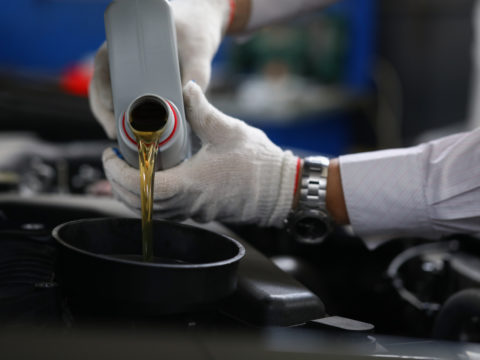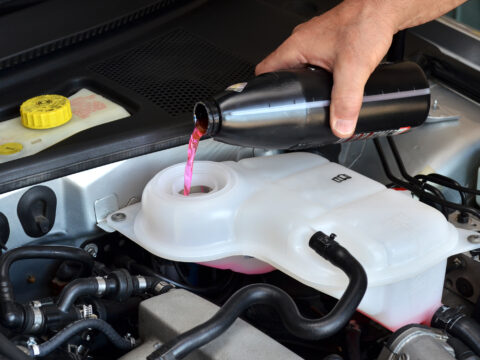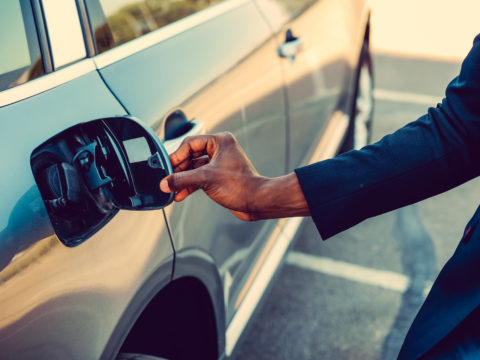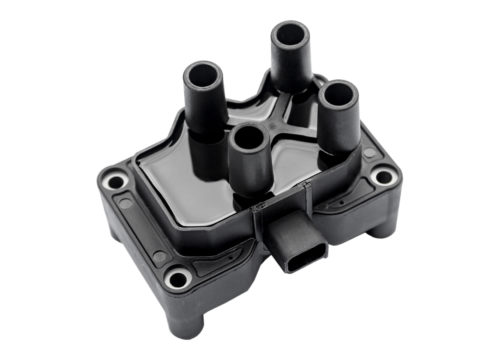Do you leave your car on while pumping gas? Motorists struggle to get the correct guidance on this question.
There are a lot of myths surrounding leaving your vehicle running while pumping gas. In addition, the risk factors involved are dangerous to the surrounding environment.
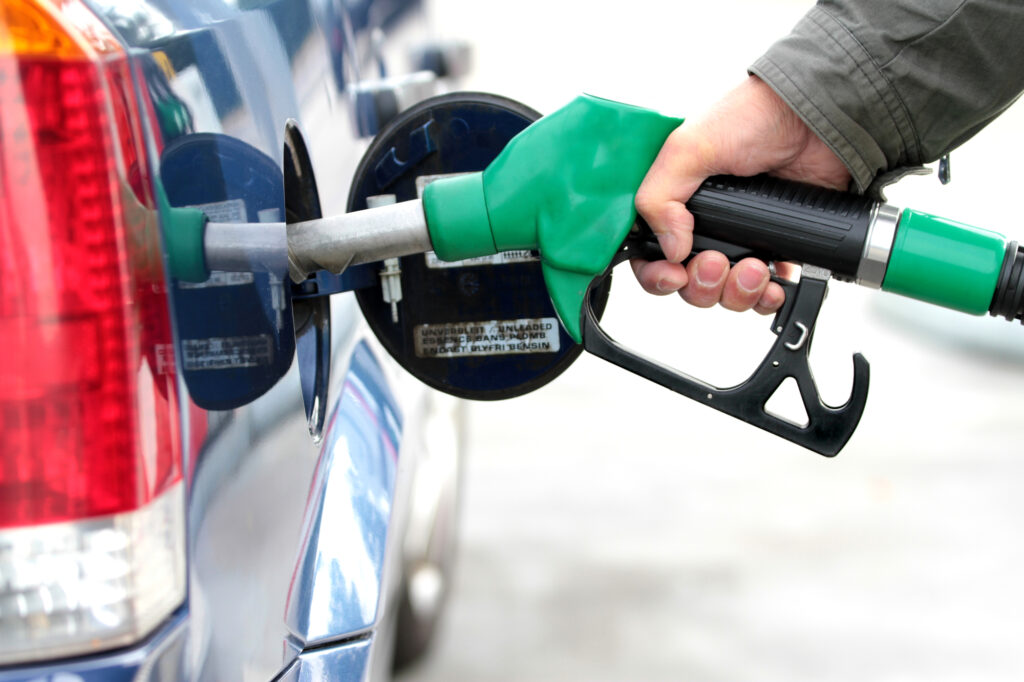
There have been incidences where sparks or static build-up ignite the gas station fumes.
Read on to understand the myths and facts about pumping gas with a car on.
Contents
Is Pumping Gas With the Car on Dangerous?
Pumping gas when your vehicle is still running doesn’t affect the normal engine operations in your car.
However, it’s dangerous to the immediate environment because of the flammable fumes and the conditions within the station.
A simple spark from the heat and electricity from your running engine could ignite flames.
In addition, the escaping vapors or splashing liquid from your feeling could mix up with other environmental factors, posing a fire risk.
What Happens if You Pump Gas With the Car On?
There are various risks when pumping your gas when your vehicle is on. Gas vapors escape when you open your gas tank for a refill.
It can get contaminated with other factors, igniting a fire. Having a running engine increases the risk factors of this open flame.
Gasoline is highly flammable and can cause casualties when in contact with heat or electricity from a running engine.
Therefore, smoking and having an open flame within stations is inappropriate. In addition, such conditions increase the risk of flash fires in the station.
Leaving your car running for a long time can also cause your engine to overheat. In addition, these mechanical and temperature changes can ignite any fumes or vapors when refilling.
Using your phone or getting in your vehicle when pumping gas could also cause static electricity, which can ignite a flash fire.
To be safe, leave your phone in the car and don’t get in until you finish pumping gas.
How Many Cars Have Exploded While Pumping Gas?
The frequency of incidents where cars explode is quite rare. The National Fire Protection Association reports an average of 4150 fires annually at gas stations from 2014 to 2018.
More than half of these fires are because of mechanical or electrical faults.
On the other hand, 24% of the fires were from smoking and other flammable materials within the station.
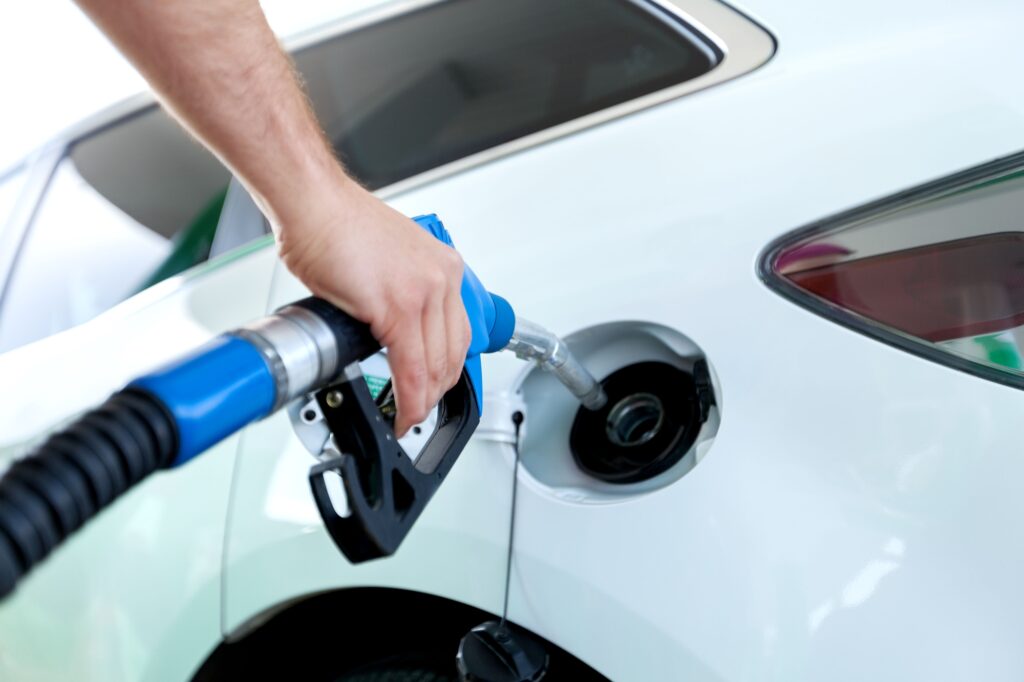
How To Put Gas in a Car Safely
The dos and don’ts when pumping gas at a station should guide you through a safe process. Use these steps when pumping gas at a station.
Identify Where Your Gas Tank Is
Locating your gas tank on your vehicle should be an easy task. A pro tip is to find the triangle-shaped arrow on your fuel gauge.
The direction of the triangle should show you where the gas tank is. Ensure your gas tank cap is on the same side and close to the gas pump.
Pay for the Gas
Next, you need to pay for the gas. Again, you can use cash or credit to pay for our gas. Consider your mileage per hour and the trips you intend to make to approximate the amount of gas you need.
You don’t have to go inside using a credit or debit card. But when using cash, you must go inside to the clerk to complete the transaction.
Choose Your Gas Type
Understand which grade your vehicle needs. There are three types of gas: regular, mid-grade, and premium. Most people use regular gas for their vehicles.
However, if you have a sports car or an SUV, you’d better go for mid-grade or premium types of gas.
These types improve and maintain high engine performance allowing your vehicle to run smoothly.
Be careful not to use the diesel nozzle. It could be a fatal mistake for your engine. You’ll find that the diesel gas nozzle is different from regular gas.
Secure the Gas Nozzle in the Gas Tank
Next, place the gas nozzle on your gas tank until it snugly fits and locks. Next, lift the nozzle trigger to ensure the nozzle locks effectively.
The machine will automatically shut off once the refill is complete (when the tank is full or if the selected amount reaches the limit).
After the machine stops running, remove the nozzle carefully to avoid spilling.
Screw the Gas Cap Back
Finish the process by capping off the gas tank. Failure to do so exposes the gas tank causing the gas to evaporate. Some car models can detect these emissions and warn you through the engine light.
Is Pumping Gas With Your Car on Illegal?
Gas stations warn you not to pump gas while your engine is on. The stations can avoid liability with these signs.
In addition, some states have laws limiting motorists from refilling gas while their vehicles are on.
Can You Leave the Radio on While Pumping Gas?
When you leave your radio on but the engine isn’t running, create a relatively safe environment when pumping gas.
However, leaving your radio on can tempt you to get back in the vehicle while pumping gas.
Opening and closing your vehicle’s door can build up static electricity posing a fire hazard. Also, it leaves a part of your car’s systems running, which can burst into flames in case of an electrical fault.
What To Do if You Leave Your Car on While Pumping Gas?
Taking safety precautions is the best way to protect yourself and other station users. Use these tips if you forget to turn off the ignition before getting out of the vehicle.
First, ensure you ground yourself before touching the gas nozzle. You can do this by touching any metal. Mind what you are wearing to eliminate any static electricity you might have built up during your movements.
Avoid using electronic devices when pumping gas. These devices can create static electricity causing fires if it comes into contact with sparks. Instead, do your work diligently and complete it without engaging in other tasks.
Conclusion
Pumping gas can seem an ordinary and safe errand. Still, without suitable precautions, you might endanger the station’s safety. Use this information to understand the dos and don’ts of the station.

